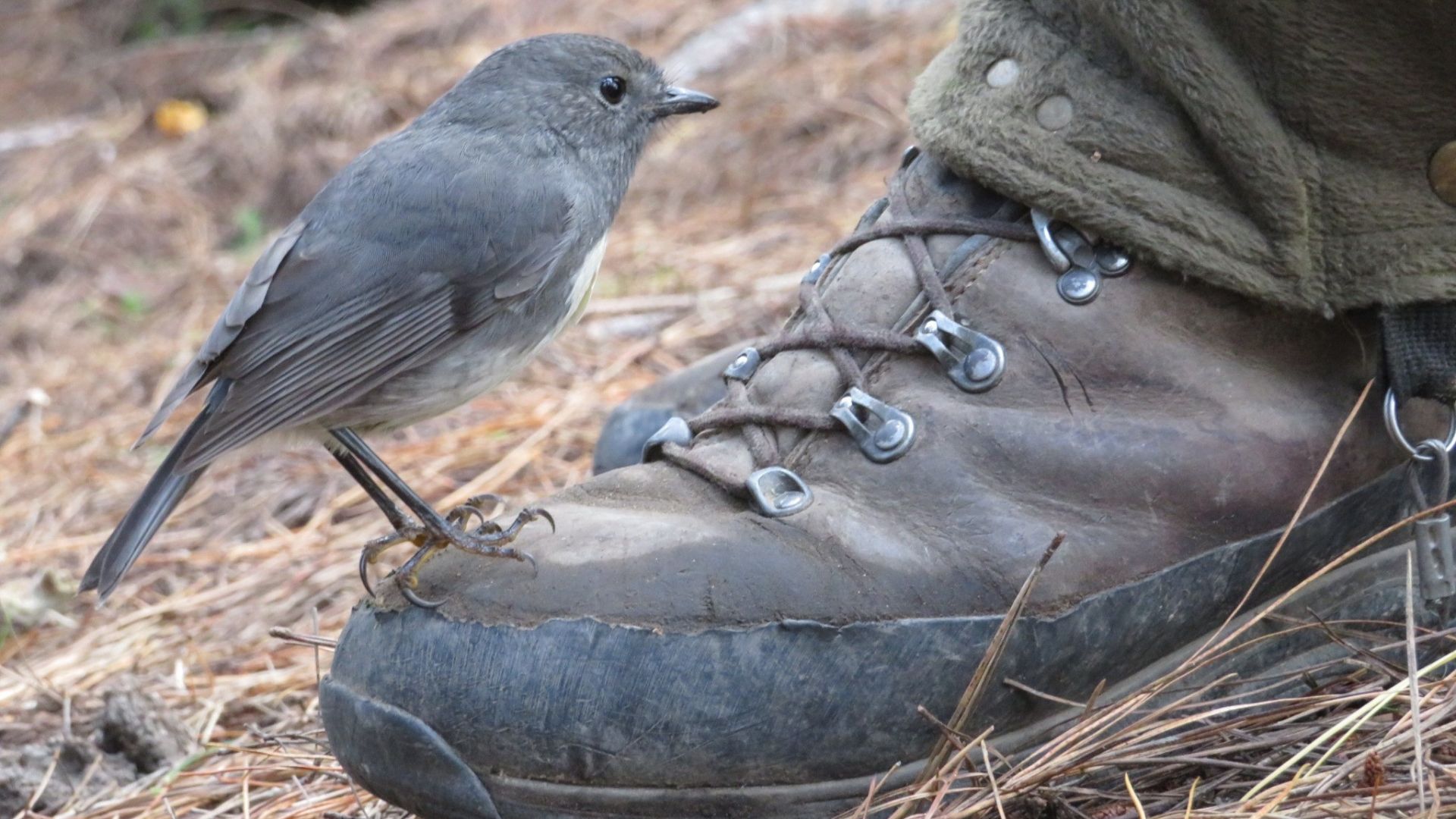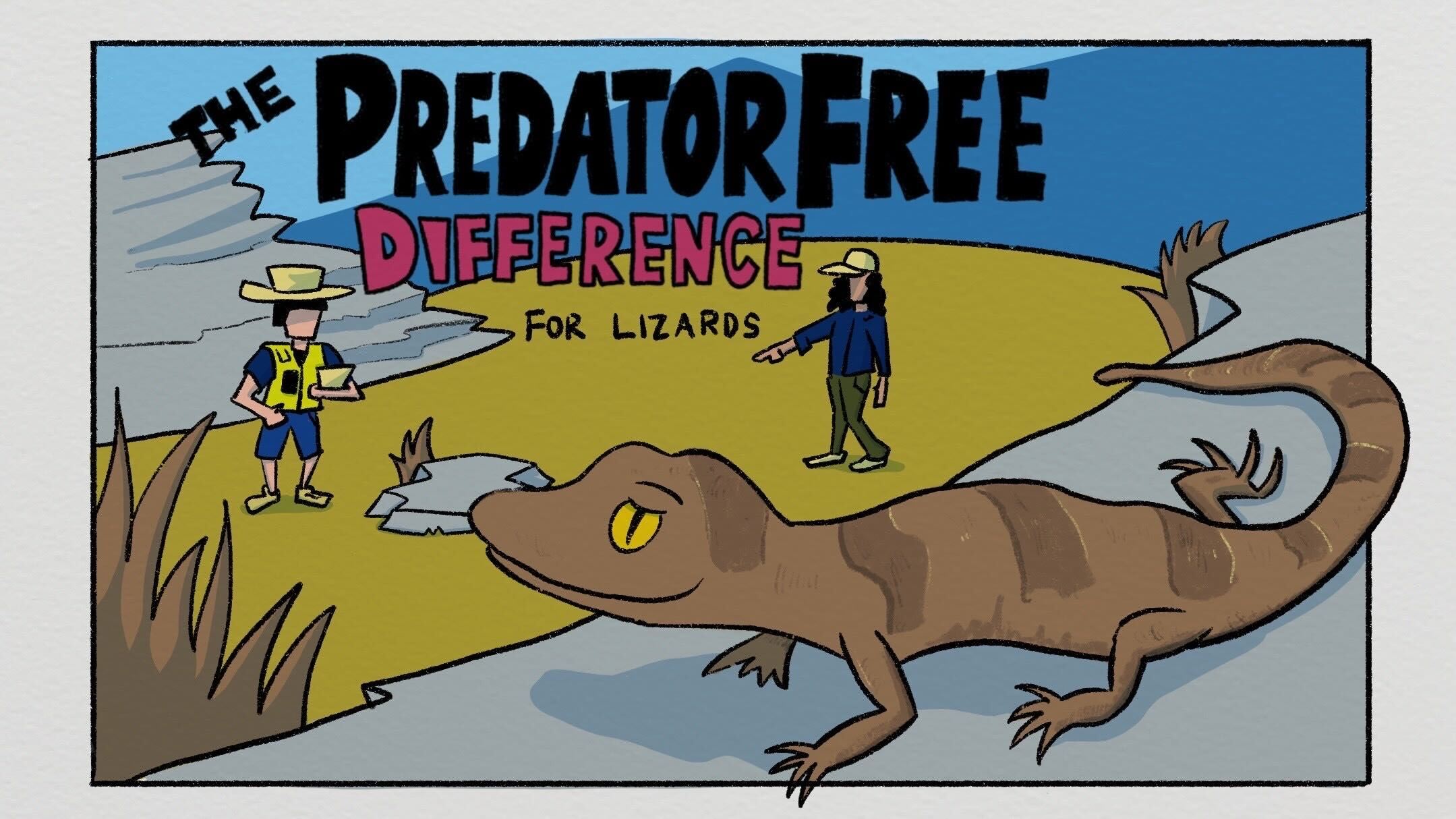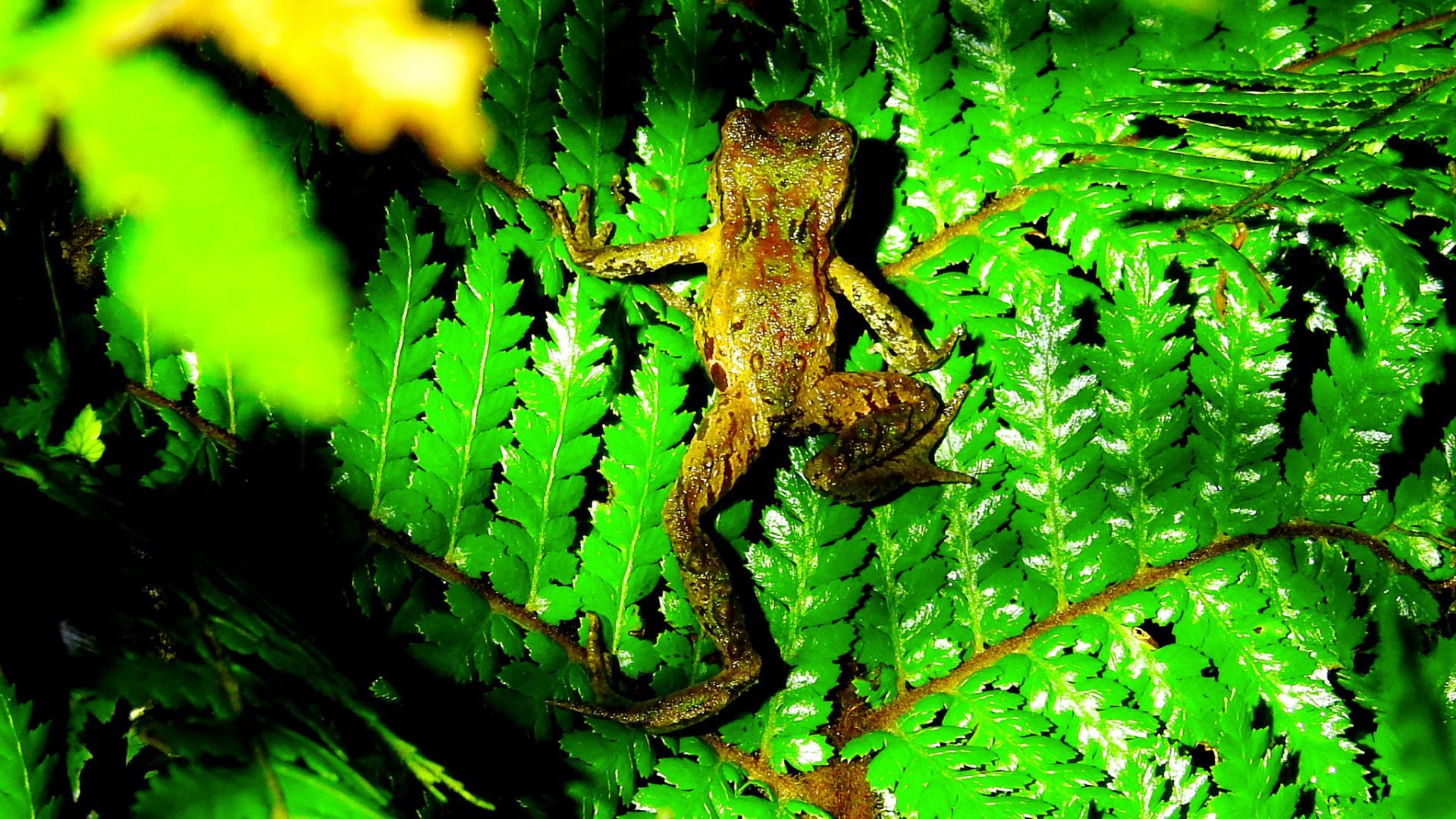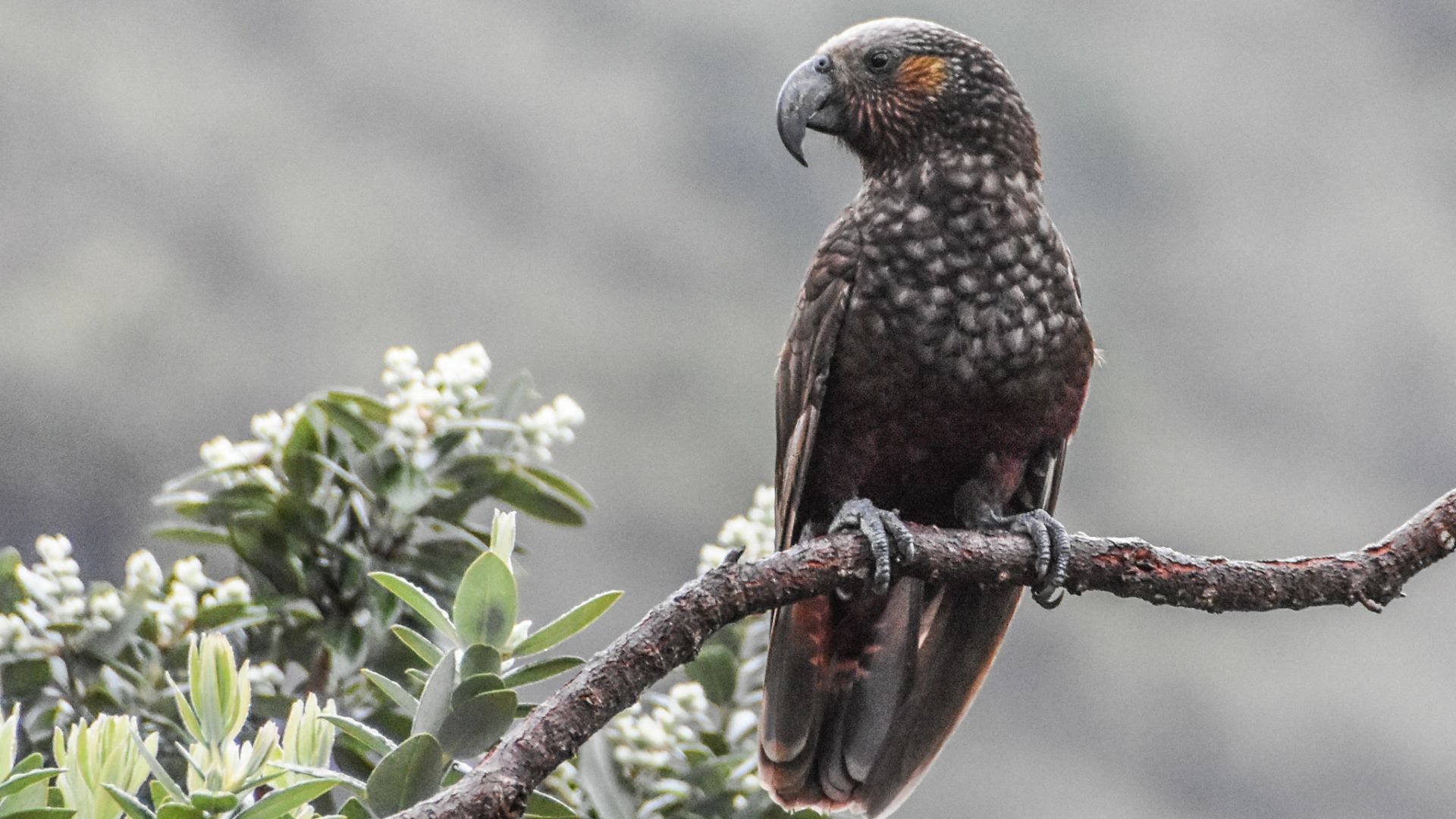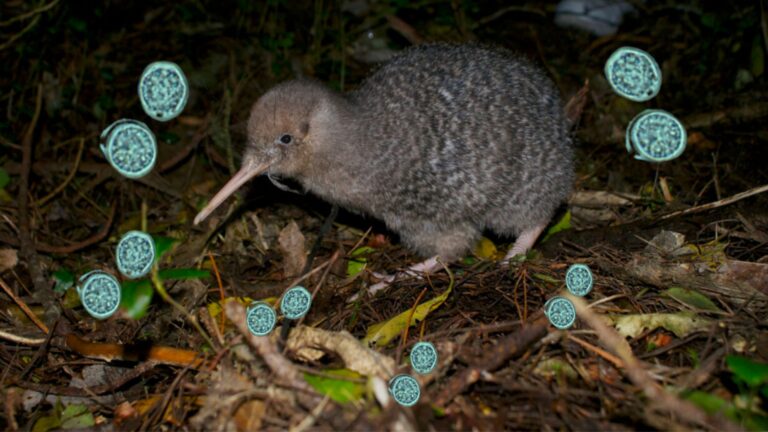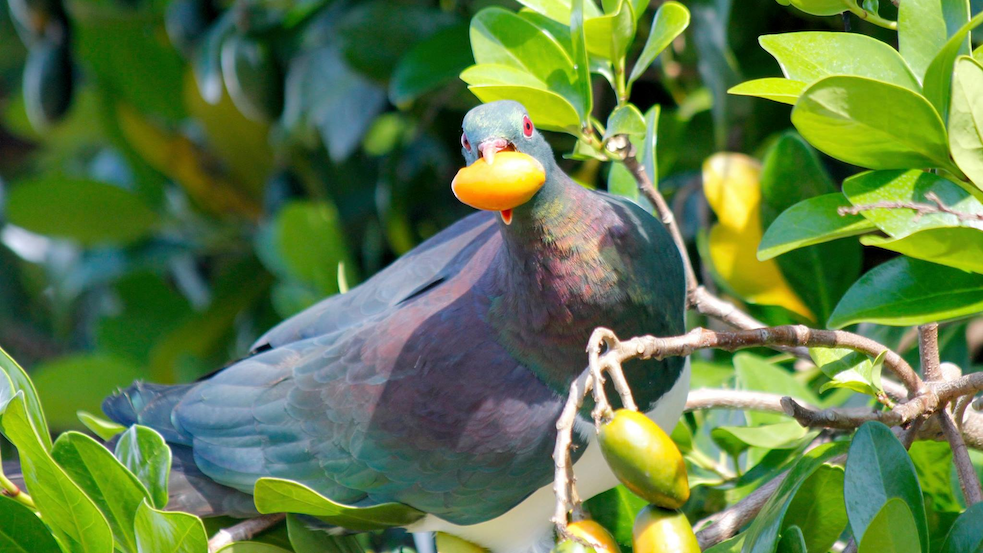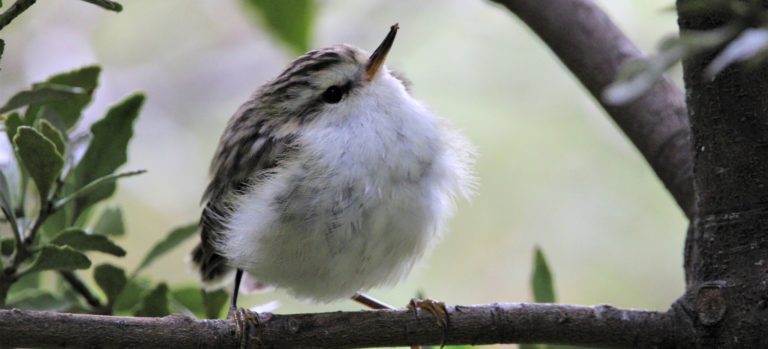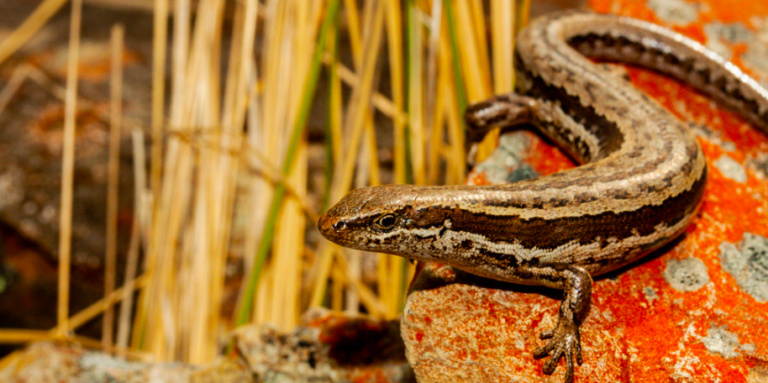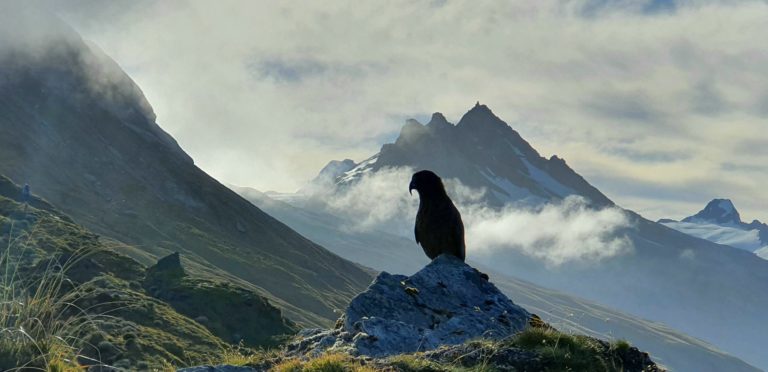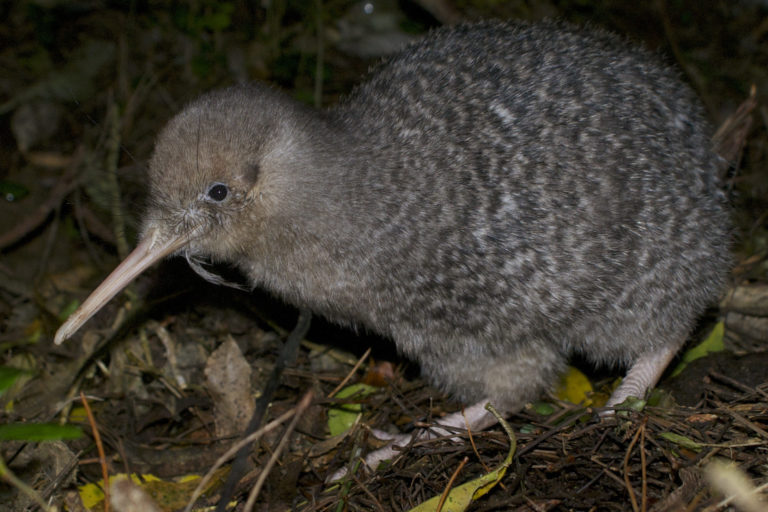Other articles tagged with Native wildlife
Are curious and friendly robins losing their personalities due to introduced predators?
Research suggests our friendly and curious kakaruwai (South Island robin) might be losing their bold personalities in the presence of introduced predators.
Comic: the predator free difference for lizards
Comic from illustrator Andrew James, explains the difference predator control makes for geckos and skinks inside a sanctuary.
A glimmer of hope for Archey’s frog survival in Waikato
Archey’s frogs survived the comet that decimated the dinosaurs - but this walnut-sized pekeketua (frog) is close to extinction on our watch.
20 years of predator control quadrupled kākā population near Taupō
Large-scale, frequent and effective introduced predator control helped increase kākā density fourfold and improved the sex ratio.
Study reveals surprising insights on rat behaviour in NZ forests
If we can understand how invasive species use different habitats, we can better predict how their populations might change due to climate change.
Unseen threat: sanctuary kiwi exposed to parasitic disease from cat scat
A recent study has found high exposure rates of toxoplasmosis in a kiwi population that does not share its habitat with cats.
Help not harm: tips to feed birds in your backyard
Birdfeeding in urban gardens is a popular pastime. Recent research shows that while feeding has benefits for native birds, there are also risks.
As native birds flee to high ground to escape predators, will they have enough food to survive?
As native birds are pushed high into mountain forests researchers at Manaaki Whenua wondered if there was enough to eat, survive and breed.
No PhD necessary: citizen science could help save birds
The New Zealand Garden Bird Survey is a national event where citizens select a day and record the maximum number of birds they see or hear for an hour.
Sunny side up: skinks are changing up their sun-bathing to avoid cats
When four-legged predators first arrived in Aotearoa New Zealand, the native wildlife didn’t know what had hit them.
Flying at half-mast: connecting kea decline to mast years
New research published in the New Zealand Journal of Zoology shows that mast years are bad news for kea. Native beech trees produce millions of tasty seeds in a mast year, which rodents love.
Kiwi translocations – are we doing it right?
Kiwi are the most translocated bird species in New Zealand and the number of new projects and released birds are steadily increasing. We’ve been moving our kiwi around for over 100 years but could we be doing it better?
Seabirds, disease, sanctuary islands
Air travel could be with bird diseases to kakapo, takahe and other endangered species on their remote sanctuary islands.
The challenges of counting kākāriki
Counting green parakeets in an equally green forest can be a challenge even for the experts. So how to count the rare orange-fronted kakariki?
‘Fake news’ foils would be predators
To survive and succeed in the wild, every meal an introduced predator eats has to be worth the effort and energy it takes to obtain it.

